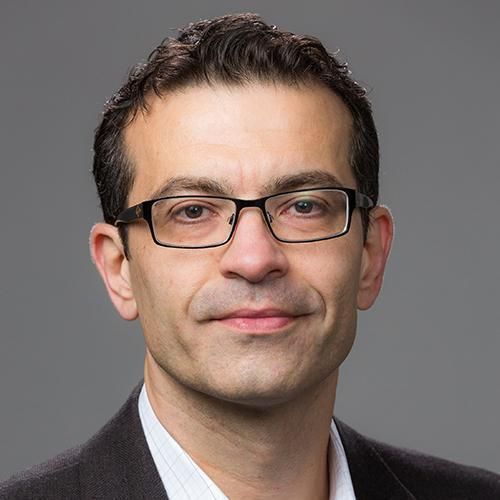Mechanoelectrical excitation by fluid jets in monolayers of cultured cardiac myocytes.
Although the prevailing view of mechanoelectric feedback (MEF) in the heart is in terms of longitudinal cell stretch, other mechanical forces are considerable during the cardiac cycle, including intramyocardial pressure and shear stress. Their contribution to MEF is largely unknown. In this study, mechanical stimuli in the form of localized fluid jet pulses were applied to neonatal rat ventricular cells cultured as confluent monolayers. Such pulses result in pressure and shear stresses (but not longitudinal stretch) in the monolayer at the point of impingement. The goal was to determine whether these mechanical stimuli can trigger excitation, initiate a propagated wave, and induce reentry. Cells were stained with the voltage-sensitive dye RH237, and multi-site optical mapping was used to record the spread of electrical activity in isotropic and anisotropic monolayers. Pulses (10 ms) with velocities ranging from 0.3 to 1.8 m/s were applied from a 0.4-mm diameter nozzle located 1 mm above the cell monolayer. Fluid jet pulses resulted in circular wavefronts that propagated radially from the stimulus site. The likelihood for mechanical stimulation was quantified as an average stimulus success rate (ASSR). ASSR increased with jet amplitude and time waited between stimuli and decreased with the application of gadolinium and streptomycin, blockers of stretch-activated channels, but not with nifedipine, a blocker of the L-type Ca channel. Absence of cellular injury was confirmed by smooth propagation maps and propidium iodide stains. In rare instances, the mechanical pulse resulted in the induction of reentrant activity. We conclude that mechanical stimuli other than stretch can evoke action potentials, propagated activity, and reentrant arrhythmia in two-dimensional sheets of cardiac cells.
Duke Scholars
Published In
DOI
EISSN
ISSN
Publication Date
Volume
Issue
Start / End Page
Related Subject Headings
- Stress, Mechanical
- Rats, Sprague-Dawley
- Rats
- Physiology
- Physical Stimulation
- Myocytes, Cardiac
- Myocardial Contraction
- Microfluidics
- Mechanotransduction, Cellular
- Heart Conduction System
Citation
Published In
DOI
EISSN
ISSN
Publication Date
Volume
Issue
Start / End Page
Related Subject Headings
- Stress, Mechanical
- Rats, Sprague-Dawley
- Rats
- Physiology
- Physical Stimulation
- Myocytes, Cardiac
- Myocardial Contraction
- Microfluidics
- Mechanotransduction, Cellular
- Heart Conduction System

